
Apparently, the recycling bins didn’t hear that Earth Day was last week, and gathered together for a mid-day vigil under the trees in the rain.
editorial, lifestyle, travel, and architecture photography & fine art boutique printing

Apparently, the recycling bins didn’t hear that Earth Day was last week, and gathered together for a mid-day vigil under the trees in the rain.
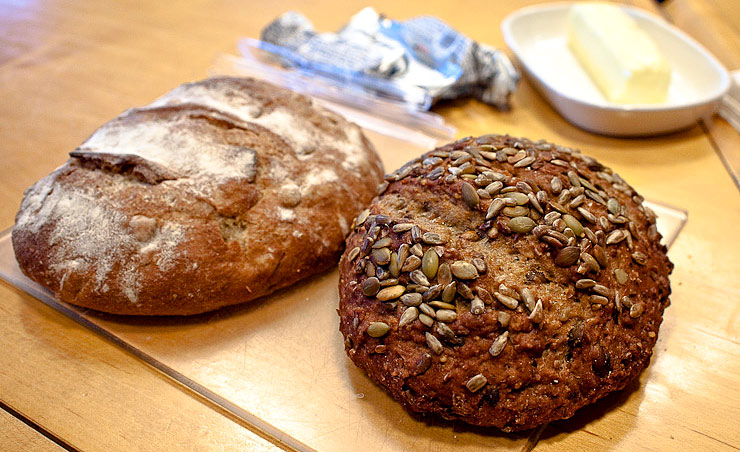
Fellow Picture Story and Photographic Essay student Colin Spitler, who is separated from our class by the distance between Missouri and California, sent us a care package with two loaves of bread that he had baked earlier this week. It was very nice to munch our way through our Friday class…until a seed got stuck in my wind pipe. Ouch.
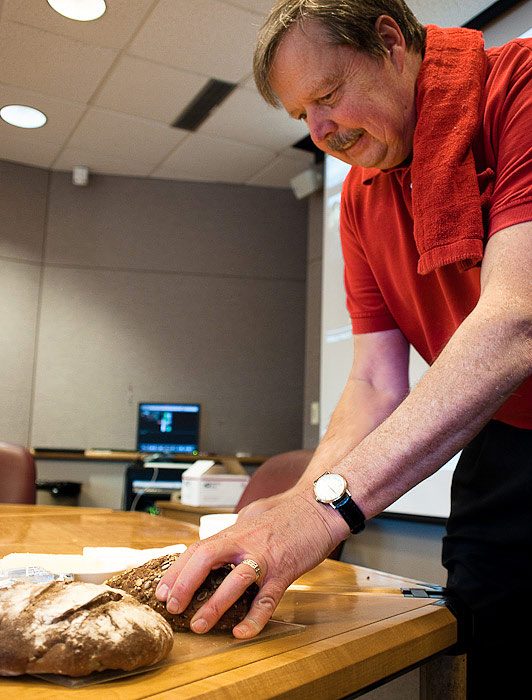
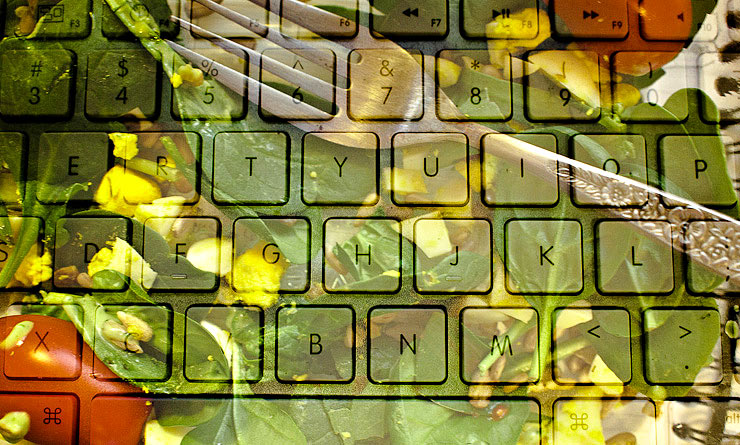
It’s been a long time since I’ve played with multiple-exposures. Sure, they’re easy enough to create by merging a couple of layers atop one another in Photoshop, but the unexpected and random nature of running a roll of film through a camera body twice was simply lost. Well, it still is, unless you’re actually running a roll of film through a camera.
There are a lot of gimmicks in the Olympus PEN EP-2, chief among them is an entire dial mode for “art filters,” a library of goofy effects that can be processed in camera for those who don’t know how to produce identical effects in Photoshop. Strangely, the only non-goofy, but still decidedly an “art” effect, is multiple exposures. However, instead of being bundled with those art filters, it’s buried in the menu. Go figure! That said, when this little camera works, it does appear to work well.
More thoughts forthcoming.
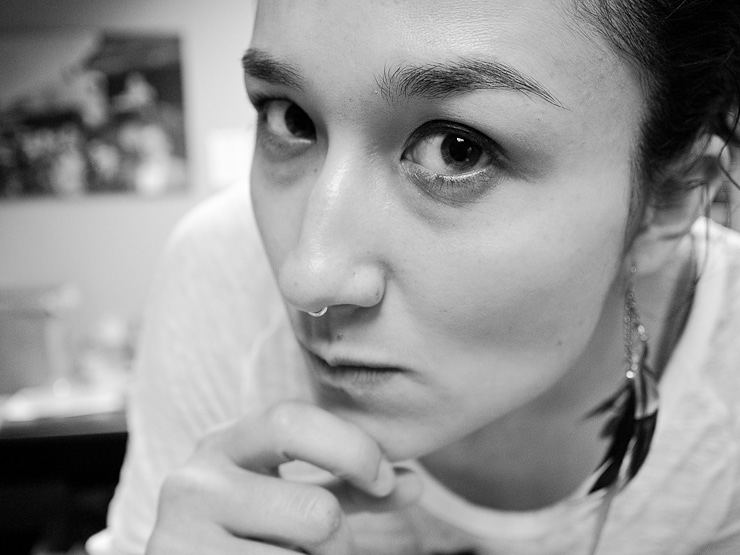
Over the next few days I’ll be using the Olympus PEN EP-2 in more “real world” situations than I have been able to of late, but you do learn a fair amount about how a camera works by carrying it around and photographing the things and the people around you.
One thing that I had already observed, but the EP-2 reinforces it, is that while I wish the 17mm f/2.8 pancake lens had a larger aperture, it is a sharp little lens, with well-controlled (minimal) chromatic aberration. I’ve been known to borrow this lens and use it on my Lumix G1. (Panasonic makes a 20mm f/1.7 pancake, but they want $400 US at the time of this post, which I feel is cost-prohibitive at this time.)
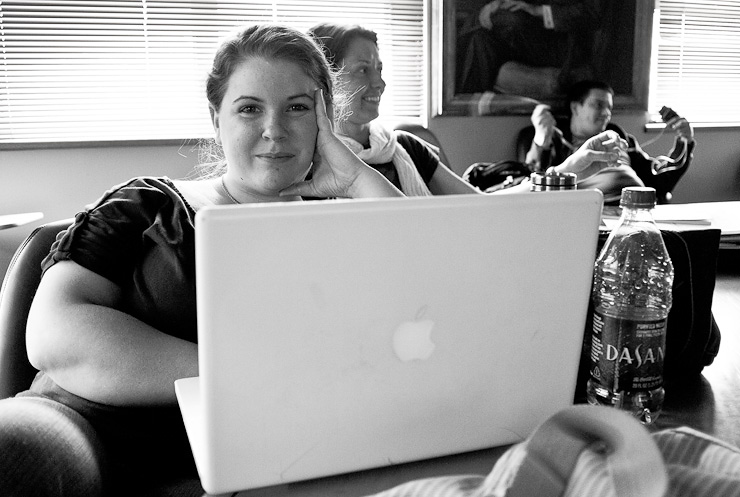
So far, the highest ISO I’ve used is 800, which is about as high as I ever put my Lumix G1. That said, a number of people have been asking about its high ISO performance, and I will endeavor to find out in the coming days. The camera can allegedly be set up to ISO 6400, but I am skeptical about the quality that could be yielded at such a speed. Another reason for not going higher is that the camera has built-in image stabilization. This means that I often have no worries going down to 1/30 sec. for a photograph of a person (as seen above and below), or even longer shutter speeds for pictorial and landscape settings.
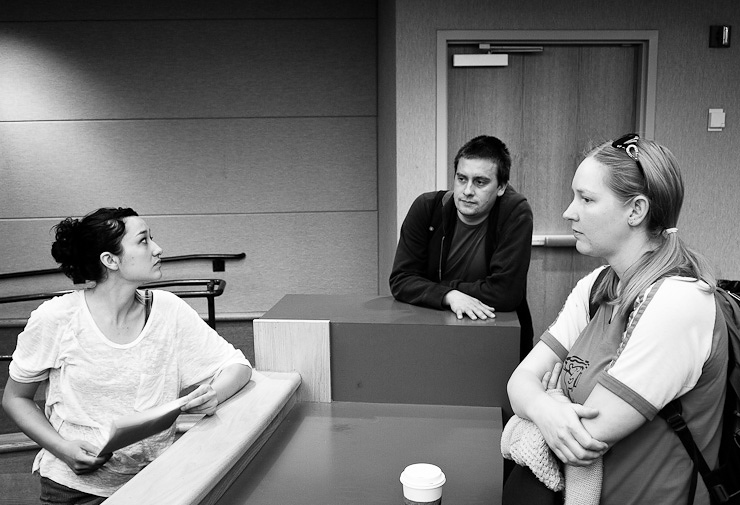
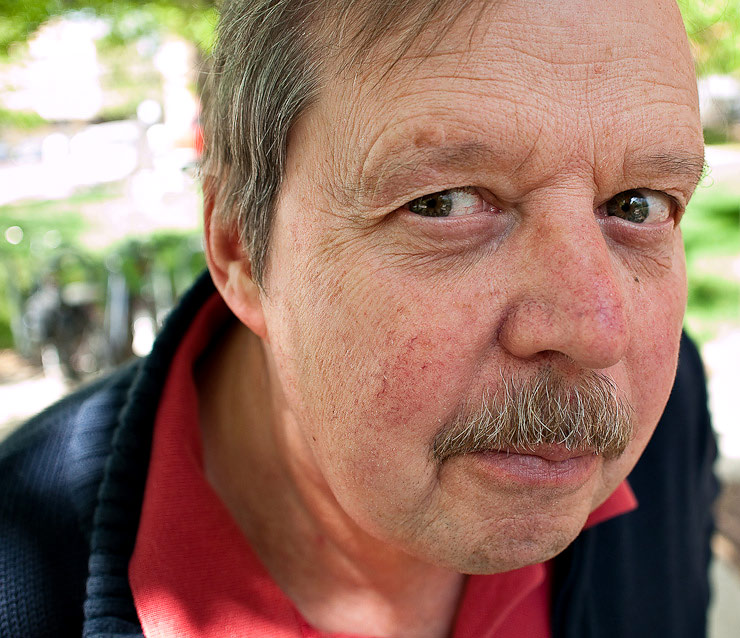
Two weeks ago, Olympus “Visionary” Jay Dickman spoke at the University of Missouri School of Journalism, and this week Olympus sent the photojournalism sequence a shipment of the PEN EP-2 as well as the PEN EP-L1. This is an exciting development as the EP-2 was Olympus’ first Micro Four-Thirds camera to have an electronic viewfinder (EVF). The original PEN lacked this feature, which I felt made it somewhat superfluous–a glorified point-and-shoot. Now, with an EVF, the EP-2 is much more interesting (the EP-L1 can accept the same accessory viewfinder).
My “favorite” camera of late has been the Panasonic G1, which was actually the first of the Micro Four-Thirds cameras to come out. I’ve posted many images over the past year and a half with that camera, and have loved its EVF, but the EP-2’s accessory viewfinder is the first I’ve seen that tops the G1. And that, folks, is an accomplishment.
I’ll have more to say after I experiment with this machine in the coming days.